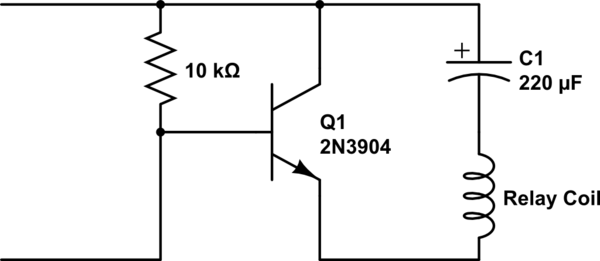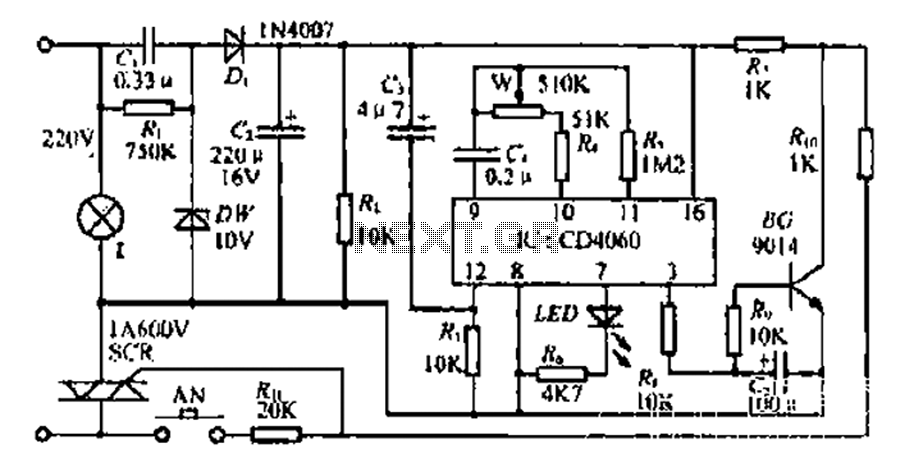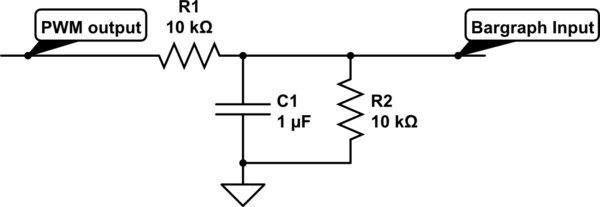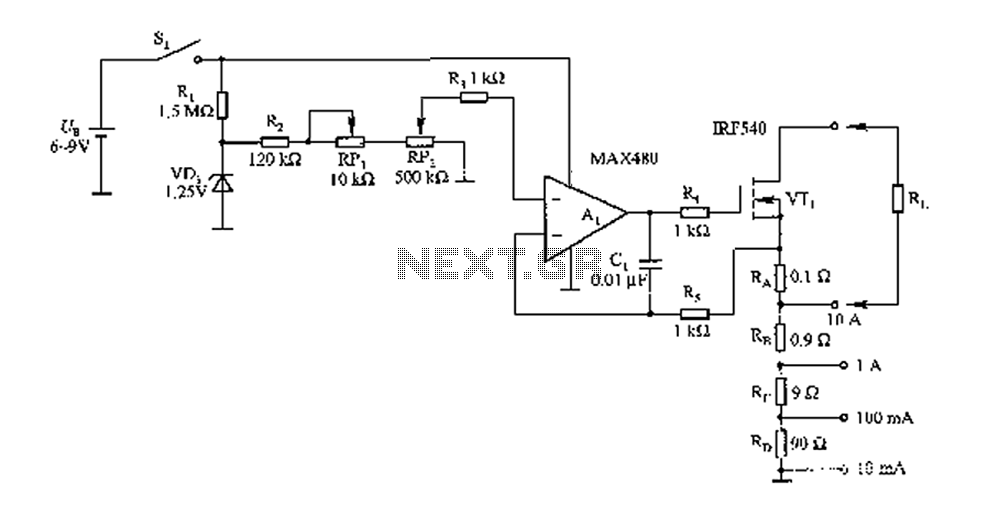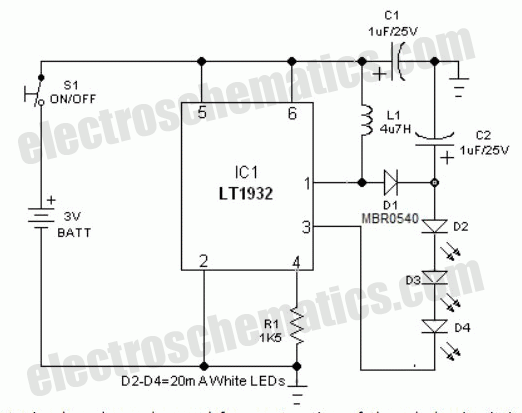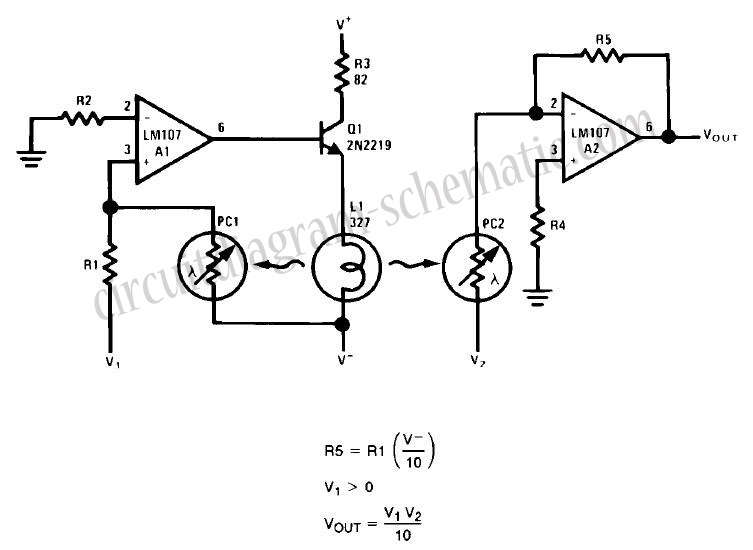
on off relay circuit automatic
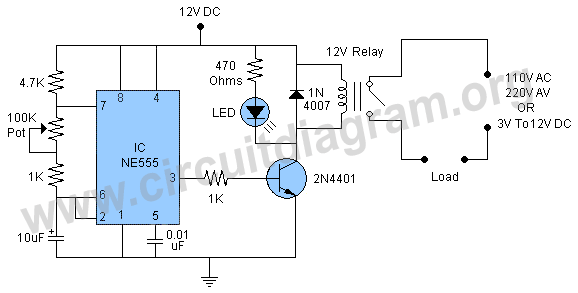
The circuit operates continuously, turning on and off. It utilizes the widely recognized NE555 timer IC, known for its versatility in various electronic applications. In this configuration, the IC is set up as an astable multivibrator. A 12-volt relay is activated through a 2N4401 transistor, which functions as a switch. The frequency of the ON and OFF cycles per second can be adjusted using a 100K potentiometer.
The NE555 timer is a versatile integrated circuit that can be used in various modes, including astable, monostable, and bistable configurations. In the astable mode, it generates a continuous square wave output, making it ideal for applications requiring periodic signals.
In this circuit, the NE555 timer is connected in such a way that it continuously alternates between high and low states, producing a square wave output. The timing of these states is determined by two resistors and a capacitor connected to the timer. In this specific application, the 100K potentiometer allows for fine-tuning of the timing interval, thereby controlling the frequency of the oscillation. This adjustability is crucial for applications where specific timing sequences are required.
The output from the NE555 timer is fed into the base of the 2N4401 transistor, which acts as a switch to control the 12-volt relay. When the output from the NE555 timer is high, the transistor is turned on, allowing current to flow through the relay coil and activating the relay. Conversely, when the output is low, the transistor turns off, deactivating the relay. This mechanism allows the circuit to control higher power devices or loads that require more current than the NE555 timer can provide directly.
The choice of the 2N4401 transistor is appropriate due to its ability to handle moderate current loads, making it suitable for switching applications in conjunction with the relay. The relay, in turn, can control various types of devices, such as motors, lights, or other electronic components that operate at 12 volts.
Overall, this circuit design exemplifies a practical application of the NE555 timer in an astable configuration, effectively demonstrating how to control a relay using a low-power signal. The adjustable frequency feature enhances the circuit's flexibility, making it applicable for a range of electronic projects and automation tasks.get it on and off continuously. The circuit is using a well known NE555 timer IC which is a very famous IC due to its uses in the wide variety of electronic circuits. In this circuit this IC is connected as a astable multivibator and the 12 volt relay is derived through transistor 2N4401 which is working as a switch.
The ON and OFF rate per second can be controlled by adjusting the 100K pot. 🔗 External reference
The NE555 timer is a versatile integrated circuit that can be used in various modes, including astable, monostable, and bistable configurations. In the astable mode, it generates a continuous square wave output, making it ideal for applications requiring periodic signals.
In this circuit, the NE555 timer is connected in such a way that it continuously alternates between high and low states, producing a square wave output. The timing of these states is determined by two resistors and a capacitor connected to the timer. In this specific application, the 100K potentiometer allows for fine-tuning of the timing interval, thereby controlling the frequency of the oscillation. This adjustability is crucial for applications where specific timing sequences are required.
The output from the NE555 timer is fed into the base of the 2N4401 transistor, which acts as a switch to control the 12-volt relay. When the output from the NE555 timer is high, the transistor is turned on, allowing current to flow through the relay coil and activating the relay. Conversely, when the output is low, the transistor turns off, deactivating the relay. This mechanism allows the circuit to control higher power devices or loads that require more current than the NE555 timer can provide directly.
The choice of the 2N4401 transistor is appropriate due to its ability to handle moderate current loads, making it suitable for switching applications in conjunction with the relay. The relay, in turn, can control various types of devices, such as motors, lights, or other electronic components that operate at 12 volts.
Overall, this circuit design exemplifies a practical application of the NE555 timer in an astable configuration, effectively demonstrating how to control a relay using a low-power signal. The adjustable frequency feature enhances the circuit's flexibility, making it applicable for a range of electronic projects and automation tasks.get it on and off continuously. The circuit is using a well known NE555 timer IC which is a very famous IC due to its uses in the wide variety of electronic circuits. In this circuit this IC is connected as a astable multivibator and the 12 volt relay is derived through transistor 2N4401 which is working as a switch.
The ON and OFF rate per second can be controlled by adjusting the 100K pot. 🔗 External reference
